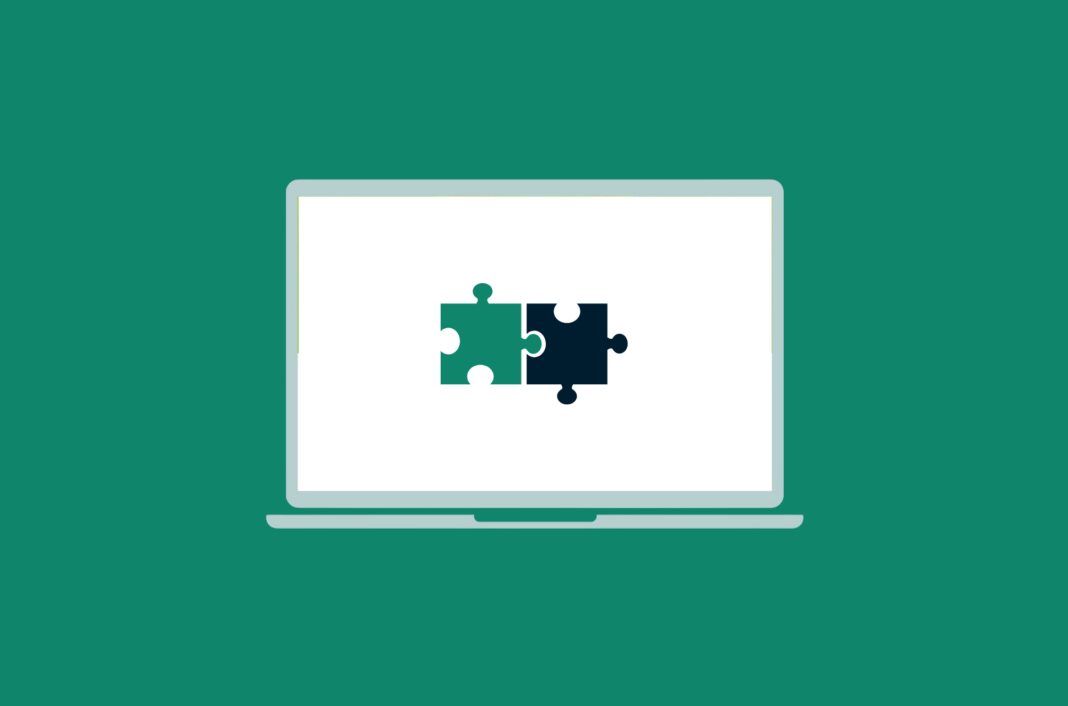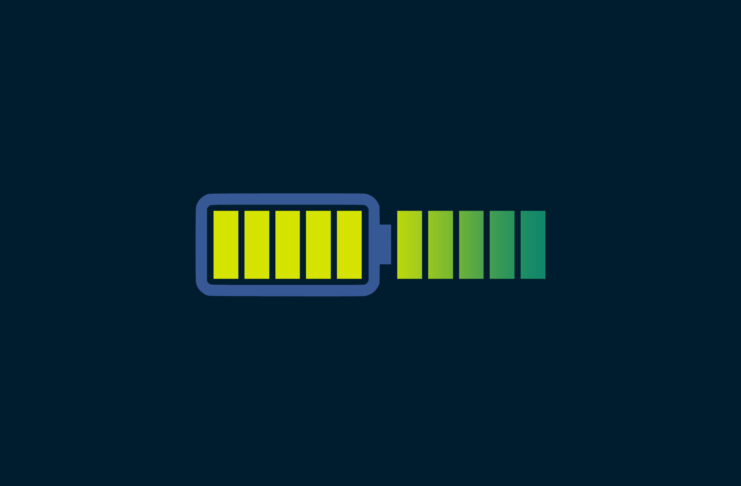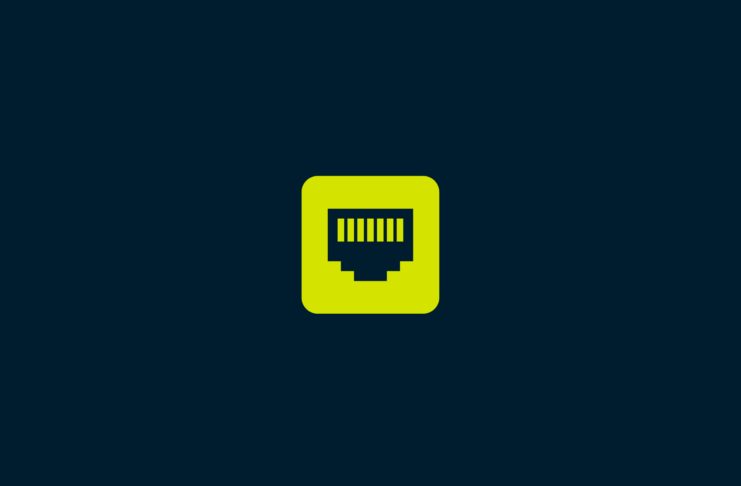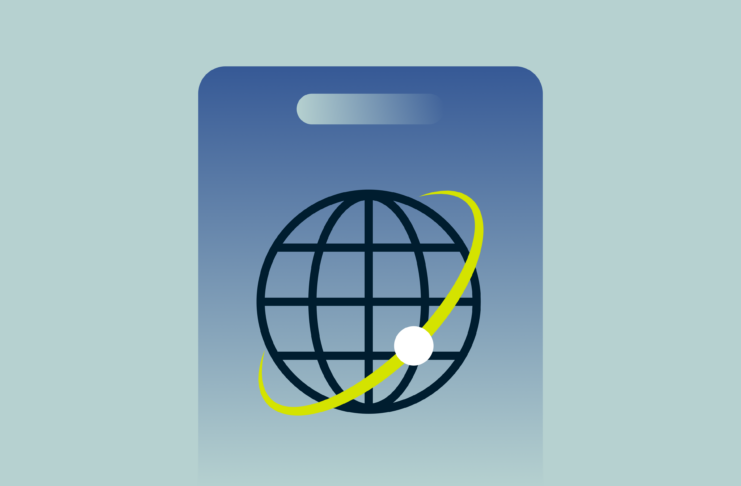When you use a VPN download, you might be offered a choice between TCP and UDP protocols in the app settings. TCP (Transmission Control Protocol) and UDP (User Datagram Protocol) are two fundamental protocols used to transmit data over the internet. Each has its own way of handling data to ensure it travels from one point to another efficiently.
Jump to…
Which protocol is better: TCP or UDP?
How does TCP work?
TCP vs. UDP comparison
Which protocol does ExpressVPN use?
Which protocol is better: TCP or UDP?
There isn’t a single “better” protocol; it really depends on your needs! TCP and UDP excel in different areas.
Here’s a quick breakdown:
- TCP (Transmission Control Protocol): More reliable, ensuring that data arrives complete and in order, but slower due to error checking and potential retransmission. TCP is like a careful postal worker who double-checks addresses and signs for delivery.
- UDP (User Datagram Protocol): Faster, since it transmits data packets quickly without a guaranteed order (or even guaranteed arrival). UDP is like a motorbike courier throwing packages over your fence as they drive by. You’ll get them quickly, but there’s a chance they might arrive out of order or get lost entirely.
How does TCP work?
TCP acts like the internet’s reliable delivery service, ensuring your data reaches its destination correctly and in order. Before any exchange, TCP establishes a secure connection through a three-way handshake (essentially a virtual handshake between computers to confirm they’re ready). Once connected, TCP slices your data into manageable packets, assigns them sequence numbers, and adds a checksum—a digital fingerprint—to detect errors during transmission.
The way TCP operates also ensures greater reliability. It verifies each packet’s arrival with acknowledgments, acting like little receipt notifications. If a packet gets lost or arrives corrupted (detected by the checksum), TCP requests a retransmission, ensuring everything arrives intact. It also manages the flow of data, preventing overwhelming the receiver. Finally, when the exchange is complete, a four-way handshake ensures a clean disconnect, similar to how a postal worker might obtain a final signature for confirmation.
In essence, TCP acts like a trustworthy postal service for the internet, guaranteeing every part of your data is delivered safely, in order, and ready for use, whether you’re downloading a file, streaming a video, or sending an email.
Advantages of TCP
TCP is the top choice when reliable data delivery is key. Here’s why:
- Guaranteed delivery: TCP ensures every data packet reaches its destination and arrives error-free. It achieves this with error checking and retransmission of lost packets. This is perfect for important tasks like downloading files or sending emails (where missing data would lead to file corruption or garbled text).
- In-order delivery: TCP sequences data packets, meaning that it delivers them in the exact order they were sent. This is crucial for applications where order matters, like instant messaging or displaying web pages correctly.
- Flow control: TCP prevents overwhelming the receiver with data. It monitors the receiver’s capacity and adjusts the sending rate accordingly, avoiding congestion and ensuring smooth data transfer.
- Connection management: TCP establishes a connection between sender and receiver before data transmission. This allows for error reporting, acknowledgments, and orderly data exchange.
Disadvantages of TCP
While TCP offers robust data delivery, it comes with some drawbacks:
- Overhead: TCP’s reliability features add extra data (headers) to each packet for error checking and sequencing. This overhead consumes more bandwidth and can slow down transmissions compared to UDP.
- Latency: Establishing a connection, sending acknowledgments, and retransmitting lost packets all contribute to increased latency in TCP. This can be noticeable in real-time applications where immediate response is crucial (such as online gaming or video calls).
- Slower startup: The initial connection handshake in TCP can introduce a slight delay before data transfer begins. This might be insignificant for large file transfers but noticeable for frequent small data exchanges.
- Resource intensive: TCP requires more processing power and memory due to its more complicated error checking and connection management mechanisms. This can be a concern on less powerful devices.
Applications of TCP
TCP’s strengths in reliable and ordered data delivery make it the foundation for many essential internet applications:
- World Wide Web (WWW): Downloading web pages, images, and videos relies on TCP to ensure all the pieces arrive correctly and in order so they can be properly displayed.
- Email: Sending and receiving emails utilizes TCP for guaranteed delivery of your messages.
- File Transfer Protocol (FTP): Uploading and downloading files depend on TCP’s reliability to ensure complete and accurate file transfers.
- Secure Shell (SSH): Secure remote access to servers leverages TCP for secure and reliable transmission of login credentials and command data.
- Online gaming (partially): While online gaming usually uses UDP for speed, some functionalities, like chat messages or logging in, may rely on TCP due to its more reliable data transfer.
How does UDP work?
UDP operates like a speedy but carefree delivery service. It avoids complex connection setups (unlike TCP) and transmits data in datagrams – a small packet of data with information on where the data is being sent to and from. This streamlined approach prioritizes speed by skipping elaborate error checks and order guarantees.
While UDP includes a basic check for error detection, it doesn’t confirm delivery or ensure packets arrive in the order they were sent. This makes it unsuitable for tasks where data integrity is critical, like downloading files.
However, UDP is fantastic for real-time applications like online gaming or video conferencing. Even if datagrams arrive out of order or some are lost, these applications can often adapt by prioritizing the most recent data. Think of it in terms of watching a live stream – a slight glitch is less disruptive than the video pausing and you having to wait for perfect data delivery.
In essence, UDP works by always choosing speed and simplicity. It does its best to deliver data quickly without getting bogged down by making sure everything’s perfect. This approach makes it great for times when fast data delivery is more important than getting every single detail exactly right.
Advantages of UDP
UDP is best used in scenarios where speed and efficiency are top priorities, even at the expense of some reliability. Here are some of its main advantages:
- Speed: UDP transmits data packets without the extra overhead such as connection establishment or retransmissions. This streamlined approach makes UDP significantly faster than TCP for real-time applications.
- Low latency: The lack of complex error checking and connection management minimizes delays in UDP. This is ideal for applications where immediate response is critical, like online gaming, live streaming, or online voice and video calls.
- Smaller bandwidth consumption: UDP packets have smaller headers compared to TCP because they lack information for connection management and sequencing. This reduces bandwidth consumption and contributes to even faster data transfer.
- Simpler implementation: UDP’s design is simpler than TCP, making it easier to implement and requires less processing power on devices.
Disadvantages of UDP
While UDP offers impressive speed and efficiency, its trade-off for reliability comes with some limitations:
- Unreliable delivery: UDP doesn’t guarantee that data packets will reach their destination or arrive in the order they were sent. Lost or out-of-order packets can disrupt the flow of information in applications that rely on data integrity.
- No congestion control: UDP lacks mechanisms to regulate data transmission based on network congestion. This can lead to overwhelming the receiver or the network with data packets, causing delays or dropped packets.
- No error checking: UDP doesn’t have built-in error-checking capabilities. Corrupted data packets might be delivered without detection, potentially leading to issues in the receiving application.
- Not ideal for large data transfers: Due to the lack of guaranteed delivery and order, UDP is not suitable for transmitting large files where missing or out-of-order data segments can significantly impact the overall content.
Applications of UDP
UDP is often employed in situations where speed is critical and occasional data loss is acceptable. Its advantages in speed and efficiency make it indispensable for a variety of internet applications:
- VoIP (Voice over Internet Protocol): For real-time voice communications over the internet, like those on Skype, FaceTime, or WhatsApp calls, VoIP applications leverage UDP to minimize delays. This ensures voice chats are smoother, with slight quality reductions being preferable to the potential lag introduced by TCP’s thorough checks.
- Live video or audio streaming: Just like with VoIP, for live streams, a slight loss in data that might occur with UDP is preferable to the delays that would result from TCP’s error correction.
- Online gaming: Fast-paced online games with quick reaction times and real-time updates depend on UDP for its low latency.
- DNS (Domain Name System) queries: When a device translates human-readable domain names (like www.example.com) into IP addresses that computers use to identify each other on the internet, it uses UDP for faster web browsing.
- SNMP (Simple Network Management Protocol): Managing network devices with SNMP relies on UDP for swift status checks and alerts, valuing speed over tracking every single data packet precisely.
- Broadcasting and multicasting: When distributing multimedia content or sending network commands to multiple receivers at once, UDP’s straightforward approach is preferred for its ability to handle simultaneous data streams efficiently.
TCP vs. UDP comparison
TCP and UDP are two crucial protocols used for transmitting data over the internet, and each serves different purposes depending on the network application’s needs.
Here’s a detailed comparison to help you quickly grasp the differences:
| TCP | UDP | |
| Connection | Connection-oriented: requires a handshake to establish a connection before transmitting data | Connectionless: sends data without prior connection |
| Reliability | More reliable: ensures all packets are delivered and retransmits lost packets | Less reliable: doesn’t guarantee packet delivery |
| Ordering | Maintains order: data arrives in the same order it was sent | No ordering: data may arrive out of order |
| Speed | Slower: due to mechanisms like error checking and retransmission | Faster: it lacks error checking and retransmission, reducing overhead |
| Data integrity | Provides extensive error checking and recovery capabilities | Offers minimal error detection with no recovery capabilities |
| Efficiency | Less efficient: in scenarios needing rapid transmission due to its cautious approach | More efficient: for scenarios where speed is more crucial than reliability |
| Overhead | Higher overhead: more headers and acknowledgments increase data load | Lower overhead: smaller headers and no acknowledgments decrease data load |
| Usage | Ideal for applications where accuracy is critical, such as web browsing, email, SSH, and file transfers | Suitable for applications where speed is crucial, like video streaming, VoIP, gaming, broadcasting, and multicasting |
| Header size | Larger header size (20 bytes) due to additional fields required for reliable transmission | Smaller header size (8 bytes), allowing more efficient data transfer |
| Flow & congestion control | Uses flow and congestion control to manage data transfer rates and avoid overwhelming the network | Lacks flow and congestion control, which can lead to faster but more chaotic transfers or network congestion |
| Protocol complexity | More complex: its functionalities are designed to ensure secure and reliable data transmission | Simpler: due to its straightforward, minimalistic approach to data transmission |
Which protocol does ExpressVPN use?
ExpressVPN supports multiple encryption protocols, including IKEv2, L2TP, OpenVPN, and its own custom Lightway protocol.
ExpressVPN’s OpenVPN implementation has support for both TCP and UDP, meaning you can switch between them depending on your needs. TCP is used for reliable connections where it’s crucial that all data packets arrive intact and in order, making it ideal for tasks that require high data accuracy like downloading files or loading detailed web pages. UDP, on the other hand, is favored for activities where speed is more important than precision, such as streaming or gaming.
ExpressVPN offers its own Lightway protocol. In addition to running on the UDP protocol, Lightway also supports TCP, which can be slower than UDP but connects better on certain networks. This allows Lightway to be used in a wide range of scenarios.
FAQ: About TCP vs. UDP
What is the difference between TCP and UDP?
TCP and UDP excel in different areas. TCP (Transmission Control Protocol) is more reliable, ensuring that transmitted data arrives complete and in order, but it’s slower due to error checking and potential retransmission. UDP (User Datagram Protocol) is faster, since it transmits data packets quickly without a guaranteed order (or even guaranteed arrival).
Which is faster, TCP or UDP?
UDP is generally faster than TCP as it doesn’t spend time setting up a connection before sending data. It also doesn’t wait around for confirmations or resend lost packets. This makes it ideal for time-sensitive communications where speed is more important than precision, such as VoIP, live streaming, or online gaming.
Why use UDP instead of TCP?
You’d choose UDP over TCP mainly when you need speed and efficiency more than you need the precision of delivery. In cases like real-time voice communications, broadcasting, or playing an online game, receiving data quickly and with minimal delay is more critical than ensuring every single packet of data is received.
Which encryption protocols does ExpressVPN support?
ExpressVPN supports several encryption protocols, including:
- Lightway: ExpressVPN’s own custom-developed protocol. It’s fast, reliable, and extremely secure, utilizing the wolfSSL cryptography library.
- OpenVPN: Highly respected and open-source protocol providing a balance of security and speed across desktop and mobile platforms.
- IKEv2/IPsec: Faster than OpenVPN and a great choice for mobile devices, especially where network connections may change frequently (like switching from Wi-Fi to cellular).
- L2TP/IPsec: Offers a decent level of security but should be considered mainly if the above options are unavailable due to restrictions.
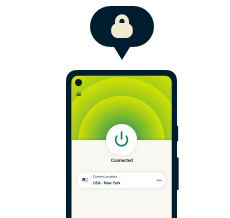
Mask your IP address with a VPN
30-day money-back guarantee

